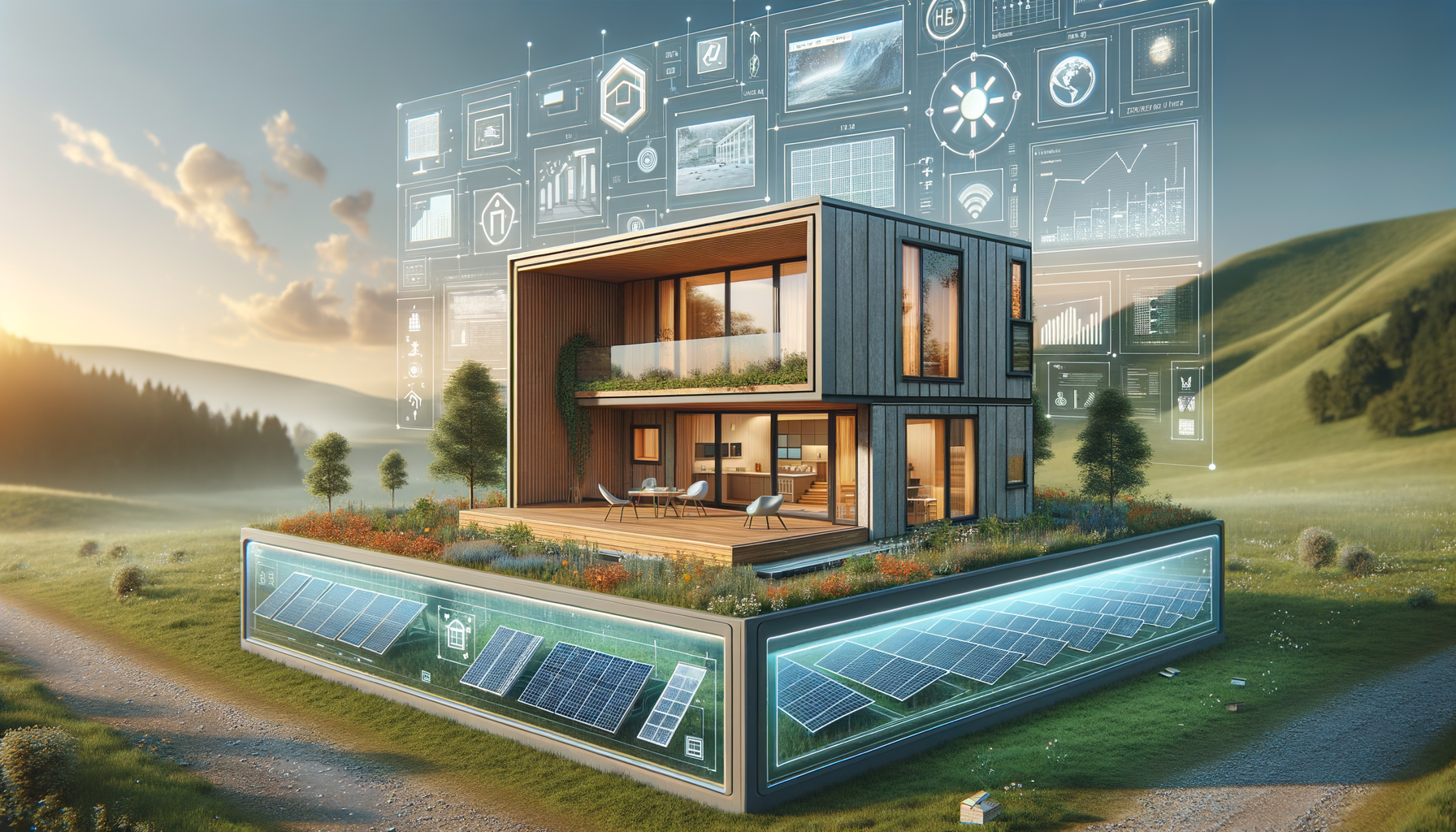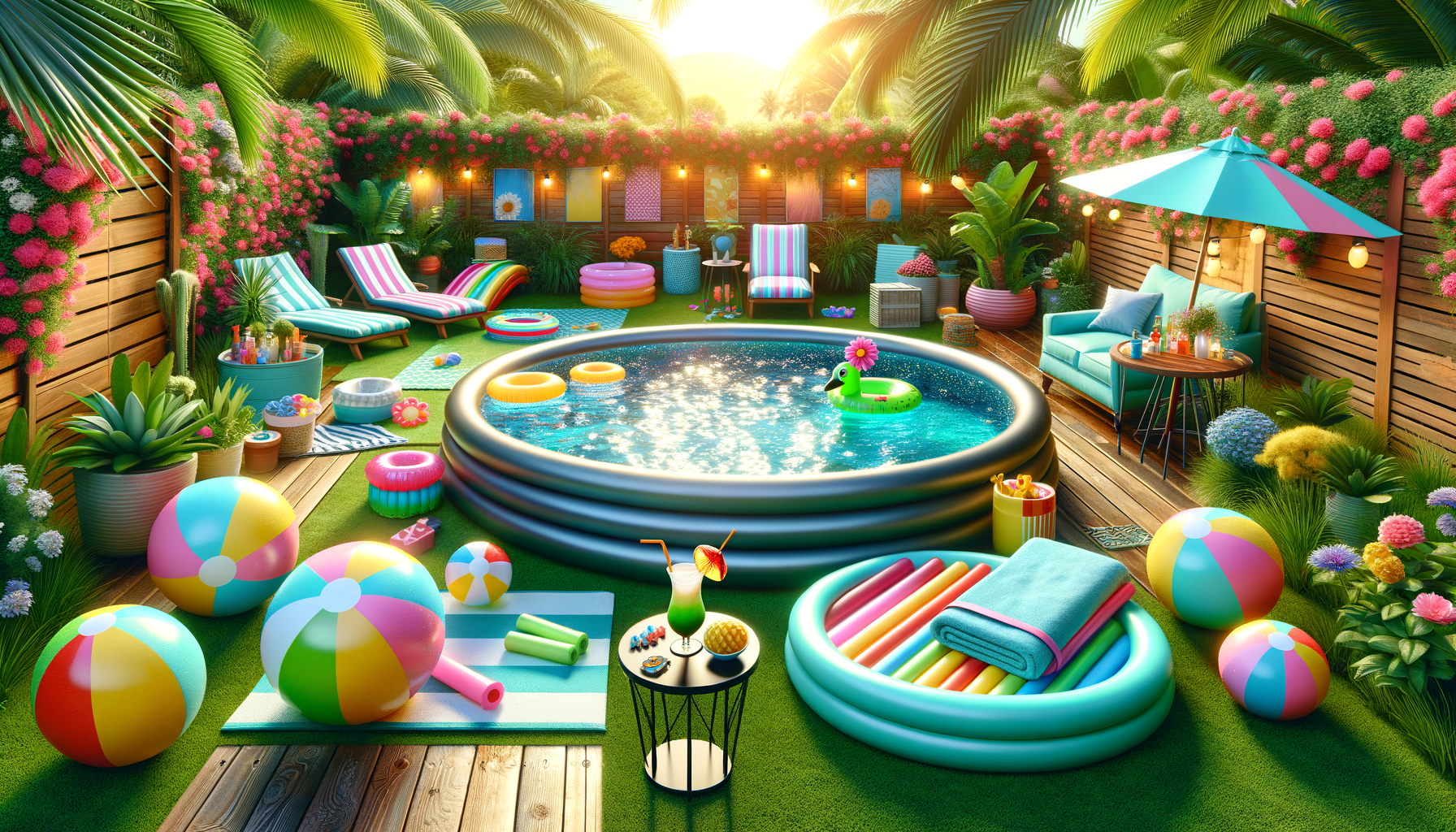Understanding Prefabricated Homes
Prefabricated homes, often referred to as prefab homes, are a modern solution to traditional housing challenges. These homes are constructed off-site in a controlled factory environment and then transported to their final location for assembly. This method offers several advantages over conventional building techniques, including reduced construction time, lower costs, and minimized waste. Prefab homes come in various forms, such as modular, panelized, and pre-cut, each catering to different needs and preferences.
One of the major benefits of prefabricated homes is the speed of construction. Since the building components are manufactured in a factory setting, they are less affected by weather conditions, which can delay traditional construction projects. This controlled environment also ensures a higher level of precision and quality control, resulting in a more durable and reliable structure.
Moreover, prefab homes are often designed with energy efficiency in mind. Many manufacturers incorporate sustainable materials and innovative technologies to reduce the environmental impact of these homes. Features such as solar panels, energy-efficient windows, and advanced insulation systems are commonly included, making them an attractive option for environmentally conscious homeowners.
Cost Efficiency of Prefabricated Homes
One of the most appealing aspects of prefabricated homes is their cost efficiency. The streamlined production process and reduced labor requirements contribute to significant savings compared to traditional construction methods. By manufacturing components in bulk and minimizing on-site labor, prefab homes can be more affordable for a wide range of budgets.
Additionally, the reduced construction time translates to lower financing costs for buyers. Traditional home building can take several months or even years, leading to higher interest payments and extended loan periods. Prefabricated homes, on the other hand, can be completed in a matter of weeks, reducing the financial burden on homeowners.
Another factor contributing to the cost efficiency of prefab homes is the reduction in material waste. Factory production allows for precise measurements and cutting, minimizing the amount of excess material that ends up in landfills. This not only lowers costs but also aligns with sustainable building practices.
- Reduced labor costs due to factory assembly
- Lower financing costs with quicker build times
- Minimized material waste through precise manufacturing
Customization and Design Flexibility
Contrary to the misconception that prefabricated homes are limited in design, these structures offer a high degree of customization and flexibility. Homeowners can choose from a wide range of layouts, styles, and finishes to create a home that reflects their personal taste and lifestyle. Many manufacturers offer customizable floor plans and design options, allowing buyers to tailor their homes to meet specific needs and preferences.
The modular nature of prefab homes also allows for easy expansion and modification. As families grow or needs change, additional modules can be added to the existing structure without the need for extensive renovations. This adaptability is a significant advantage for those looking to invest in a long-term housing solution.
Furthermore, prefabricated homes can be designed to suit various environments and climates. Whether it’s a sleek, modern design for an urban setting or a rustic cabin for a rural retreat, prefab homes can be tailored to fit seamlessly into their surroundings.
- Wide range of styles and finishes available
- Customizable floor plans to suit individual needs
- Expandable and adaptable for future modifications
Environmental Impact of Prefabricated Homes
In an era where sustainability is increasingly important, prefabricated homes offer an eco-friendly alternative to traditional construction. The factory-based manufacturing process is inherently more efficient, resulting in less energy consumption and reduced carbon emissions. Additionally, many prefab homes are built using sustainable materials, such as recycled steel and eco-friendly insulation, further minimizing their environmental footprint.
Prefabricated homes often incorporate energy-efficient features that contribute to lower utility bills and reduced environmental impact. These can include high-performance windows, energy-efficient HVAC systems, and renewable energy sources like solar panels. By prioritizing energy efficiency, prefab homes not only benefit the environment but also provide long-term cost savings for homeowners.
Moreover, the reduced construction time and minimal on-site disruption associated with prefab homes decrease the impact on local ecosystems. Traditional construction can lead to soil erosion, habitat destruction, and increased pollution, whereas prefabricated homes mitigate these effects by limiting the time and resources required for building.
- Energy-efficient design reduces utility costs
- Use of sustainable materials minimizes environmental impact
- Reduced construction time limits disruption to local ecosystems
The Future of Prefabricated Homes
As technology continues to advance, the potential for prefabricated homes is vast and promising. Innovations in materials, design, and construction methods are continually improving the quality and appeal of these homes. With the increasing demand for sustainable and affordable housing, prefab homes are likely to play a significant role in the future of residential construction.
One area of growth is the integration of smart home technology into prefabricated homes. As more homeowners seek to automate their living spaces, prefab manufacturers are incorporating advanced technologies to enhance comfort, security, and energy management. This trend is expected to continue, making prefab homes an attractive option for tech-savvy buyers.
Additionally, the global housing crisis and urbanization trends are driving the need for efficient and scalable housing solutions. Prefabricated homes offer a viable solution to these challenges, providing affordable and sustainable housing options in both urban and rural settings.
In conclusion, prefabricated homes represent a forward-thinking approach to home building. Their cost efficiency, customization options, and environmental benefits make them a compelling choice for modern homeowners. As the industry continues to evolve, prefab homes are poised to become an integral part of the housing landscape.



Leave a Reply